In recent years, laser cleaning has become one of the research hotspots in the field of industrial manufacturing, research covers the process, theory, equipment and applications. In industrial applications, laser cleaning technology has been able to reliably clean a large number of different substrate surfaces, cleaning objects including steel, aluminum, titanium, glass and composite materials, etc., application industries covering aerospace, aviation, shipping, high-speed rail, automotive, mold, nuclear power and marine and other fields.
Laser cleaning technology, dating back to the 1960s, has the advantages of good cleaning effect, wide range of applications, high precision, non-contact and accessibility. In industrial manufacturing, production and maintenance and other fields have a wide range of application prospects, is expected to partially or completely replace the traditional cleaning methods, and become the most promising green cleaning technology in the 21st century.
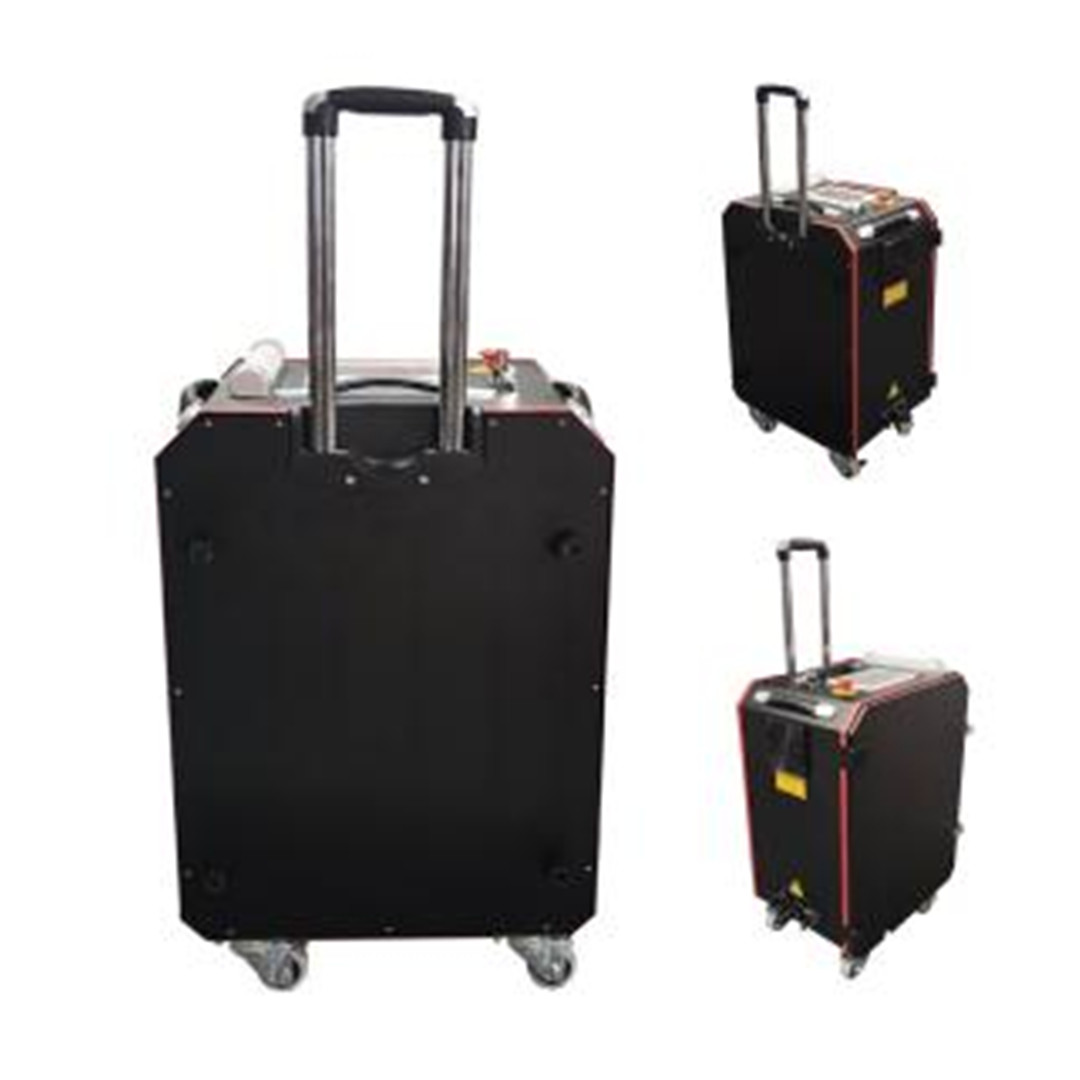
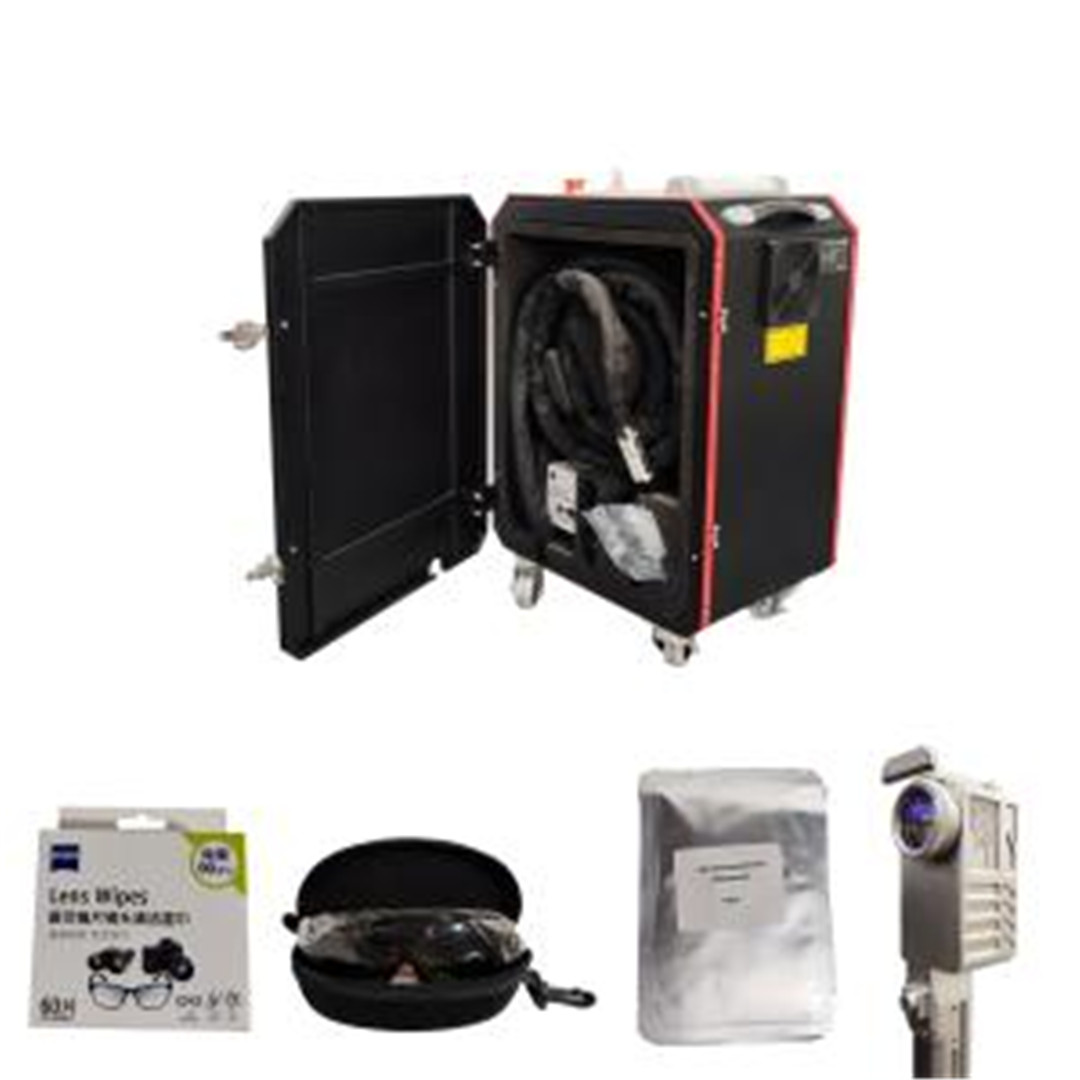
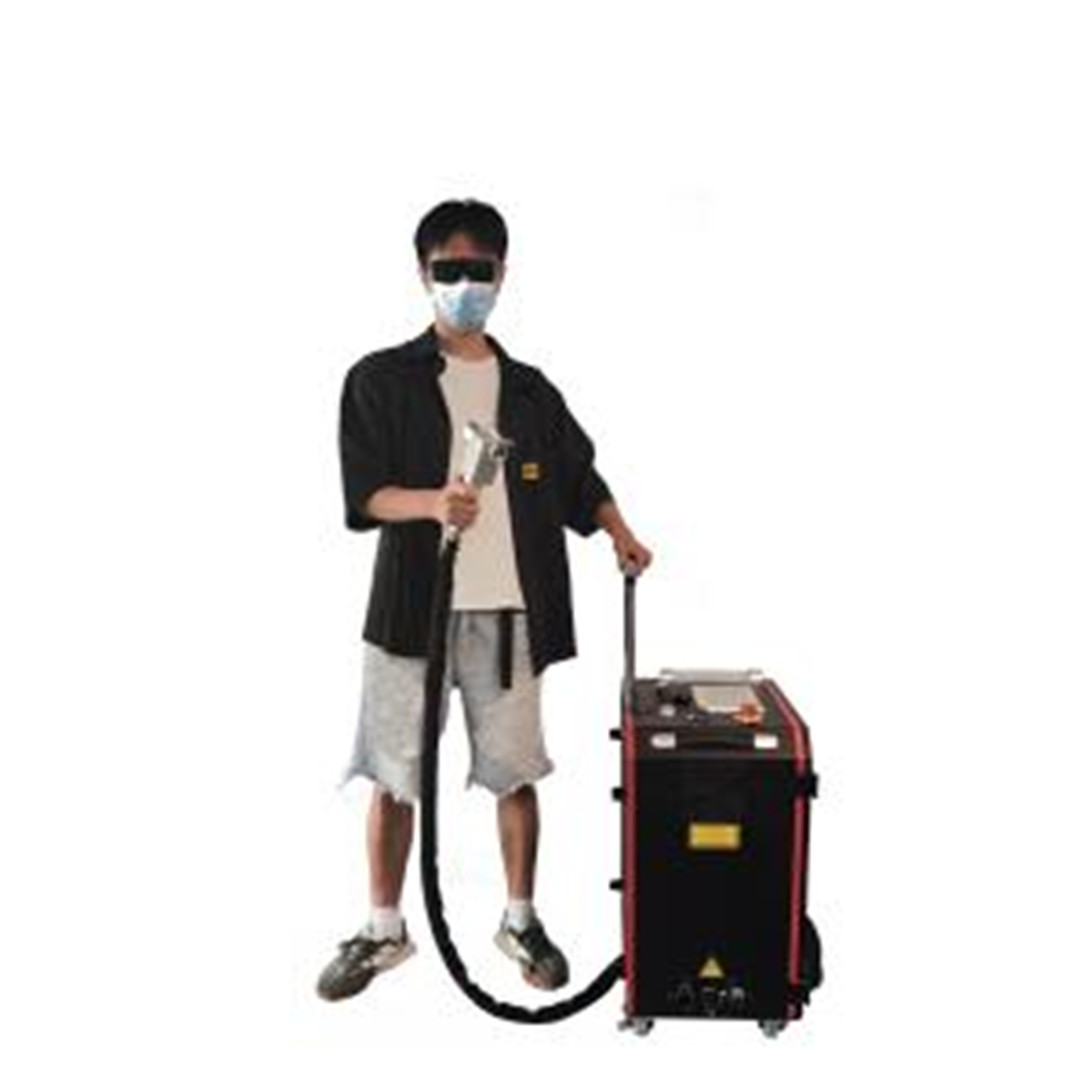
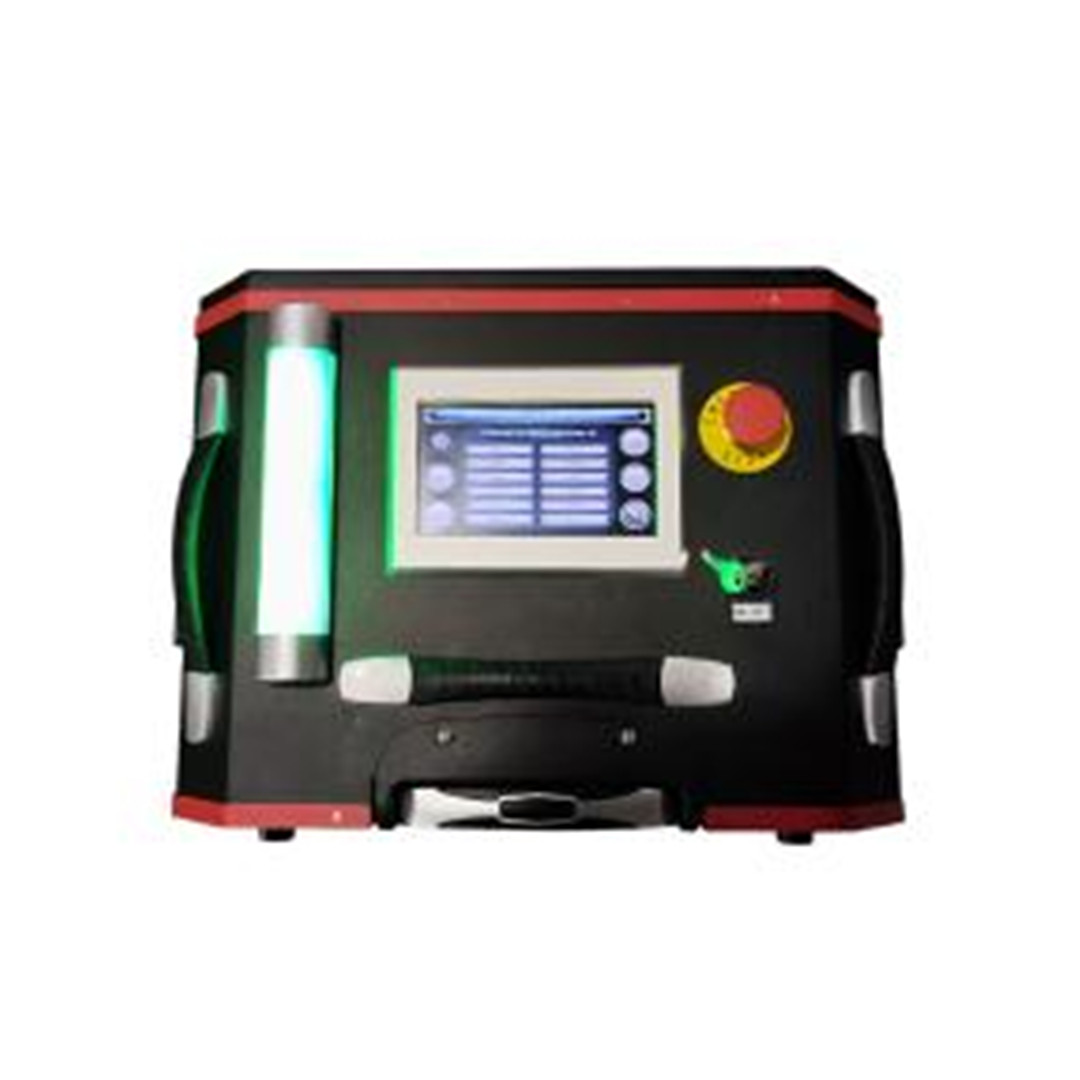
Laser cleaning method
Laser cleaning process is very complex, involving a variety of material removal mechanisms, for a laser cleaning method, the cleaning process may exist at the same time a variety of mechanisms, which is mainly attributable to the interaction between the laser and the material, including the material surface ablation, decomposition, ionization, degradation, melting, combustion, vaporization, vibration, sputtering, expansion, shrinkage, explosion, peeling, shedding and other physical and chemical changes. process.
At present, the typical laser cleaning methods are mainly three: laser ablation cleaning, liquid film-assisted laser cleaning and laser shock wave cleaning methods.
Laser ablation cleaning method
The main methodological mechanisms are thermal expansion, vaporization, ablation and phase explosion. The laser acts directly on the material to be removed from the surface of the substrate and the ambient conditions can be air, rarefied gas or vacuum. The operating conditions are simple and most widely used to remove a variety of coatings, paints, particles or dirt. The diagram below shows the process diagram for the laser ablation cleaning method.
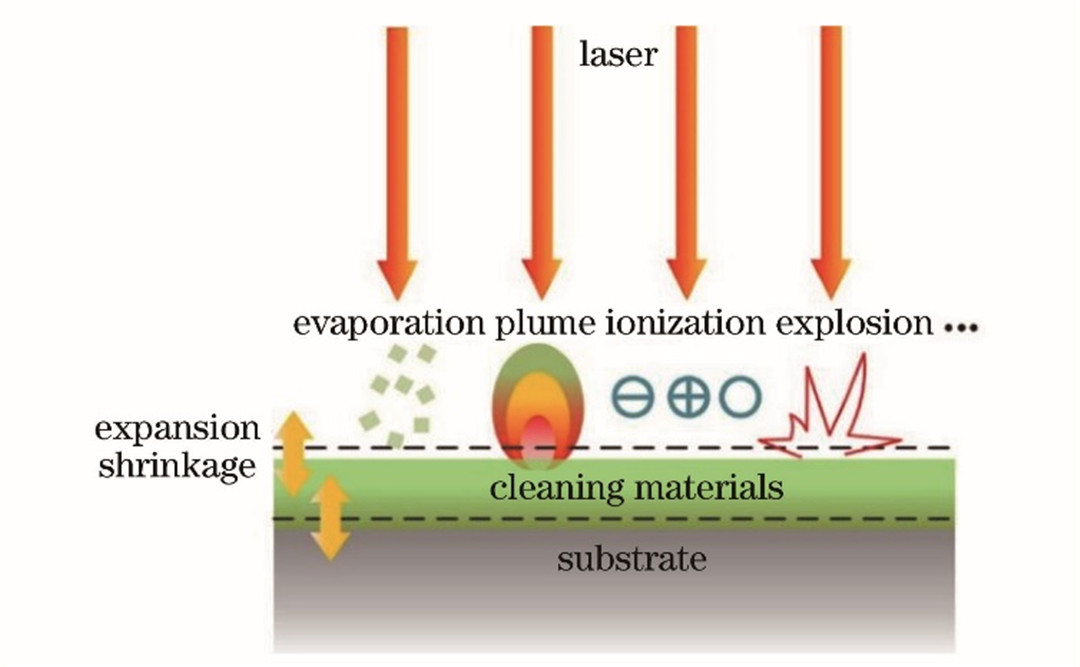
When the laser irradiation on the surface of the material, the substrate and cleaning materials are the first thermal expansion. With the increase in laser interaction time with the cleaning material, if the temperature is lower than the cleaning material's cavitation threshold, the cleaning material only physical change process, the difference between the cleaning material and the substrate thermal expansion coefficient leads to pressure at the interface, the cleaning material buckling, tearing from the surface of the substrate, cracking, mechanical fracture, vibration crushing, etc., the cleaning material is removed by jet or stripped of the substrate surface.
If the temperature is higher than the gasification threshold temperature of the cleaning material, there will be two situations: 1) the ablation threshold of the cleaning material is less than the substrate; 2) the ablation threshold of the cleaning material is greater than the substrate.
These two cases of cleaning materials are melting, cavitation and ablation and other physicochemical changes, cleaning mechanism is more complex, in addition to thermal effects, but also may include cleaning materials and substrates between the molecular bond breakage, cleaning materials decomposition or degradation, phase explosion, cleaning materials gasification instantaneous ionization, the generation of plasma.
(1) Liquid film assisted laser cleaning
Method mechanism mainly has liquid film boiling vaporization and vibration, etc.. The use of the need to choose the appropriate laser wavelength, in a way to make up for the lack of impact pressure in the laser ablation cleaning process, can be used to remove some of the more difficult to remove the cleaning object.
As shown in the figure below, the liquid film (water, ethanol or other liquids) pre-covered in the surface of the cleaning object, and then use the laser to irradiate it. Liquid film absorbs laser energy resulting in a strong explosion of liquid media, the explosion of boiling liquid high-speed movement, the energy transfer to the surface cleaning materials, high transient explosive force is sufficient to remove the surface dirt to achieve cleaning purposes.
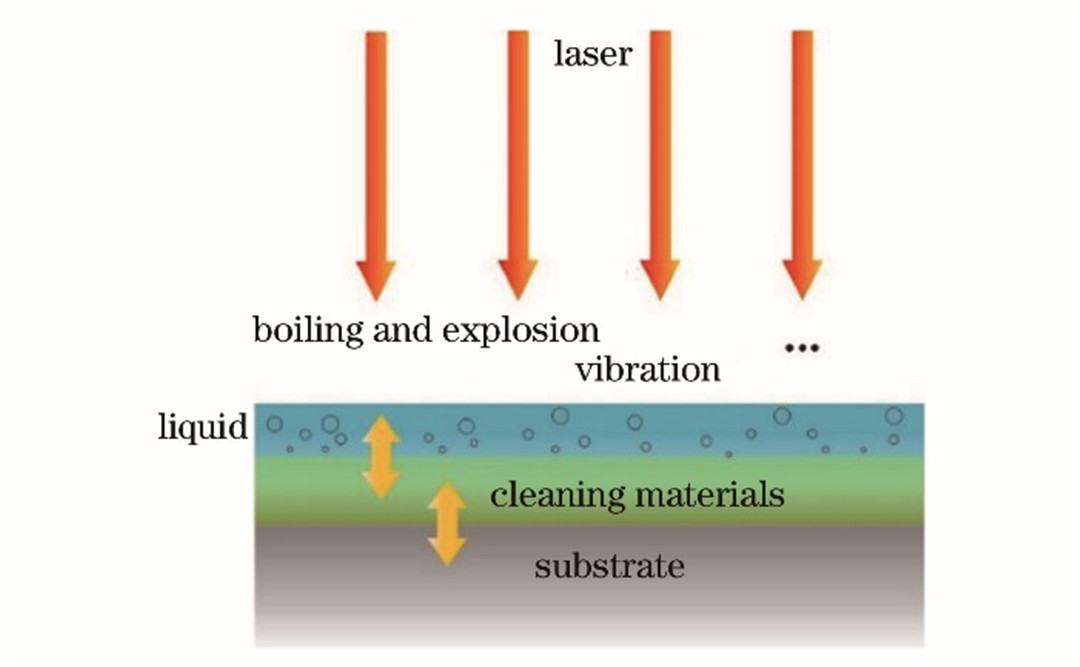
The liquid film-assisted laser cleaning method has two disadvantages.
Cumbersome process and difficult to control the process.
Due to the use of liquid film, the chemical composition of the substrate surface after cleaning is easy to change and generate new substances.
(1) Laser shock wave type cleaning method
Process approach and mechanism is very different from the first two, the mechanism is mainly shock wave force removal, cleaning objects are mainly particles, mainly for the removal of particles (sub-micron or nanoscale). Process requirements are very strict, both to ensure that the ability to ionize the air, but also to maintain a suitable distance between the laser and the substrate to ensure that the action on the particles of the impact force is large enough.
Laser shock wave cleaning process schematic diagram is shown below, the laser to parallel to the direction of the substrate surface shot, and the substrate does not come into contact. Move the workpiece or laser head to adjust the laser focus to the particle near the laser output, the focal point of the air ionization phenomenon will occur, resulting in shock waves, shock waves to the rapid expansion of the spherical expansion, and extended to contact with the particles. When the moment of the transverse component of the shock wave on the particle is greater than the moment of the longitudinal component and the particle adhesion force, the particle will be removed by rolling.
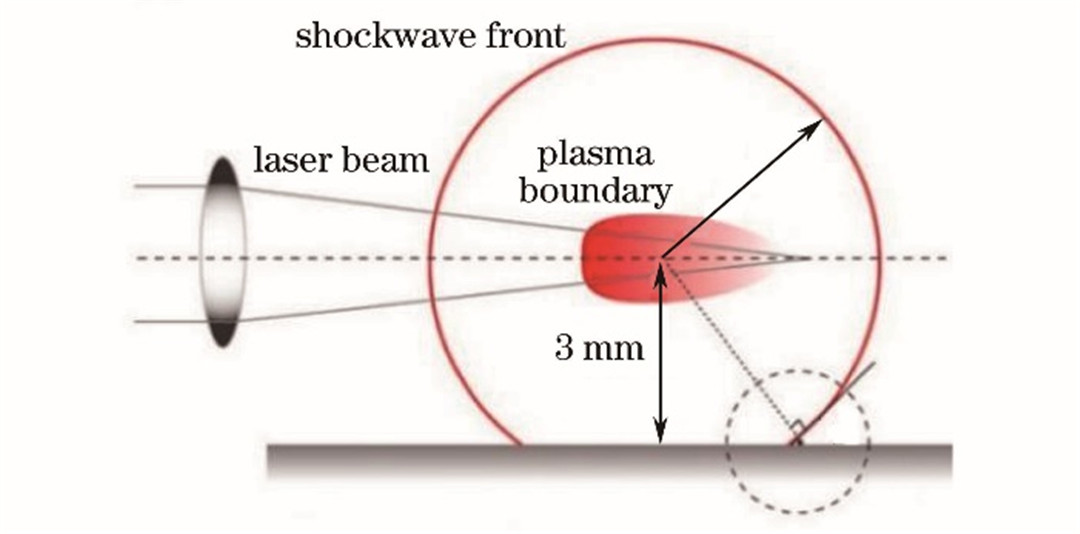
Laser cleaning technology
Laser cleaning mechanism is mainly based on the surface of the object after the absorption of laser energy, or vaporization and volatilization, or instantaneous thermal expansion to overcome the adsorption of particles on the surface, so that the object from the surface, and then achieve the purpose of cleaning.
Roughly summarized as: 1. laser vapor decomposition, 2. laser stripping, 3. thermal expansion of dirt particles, 4. substrate surface vibration and particle vibration four aspects
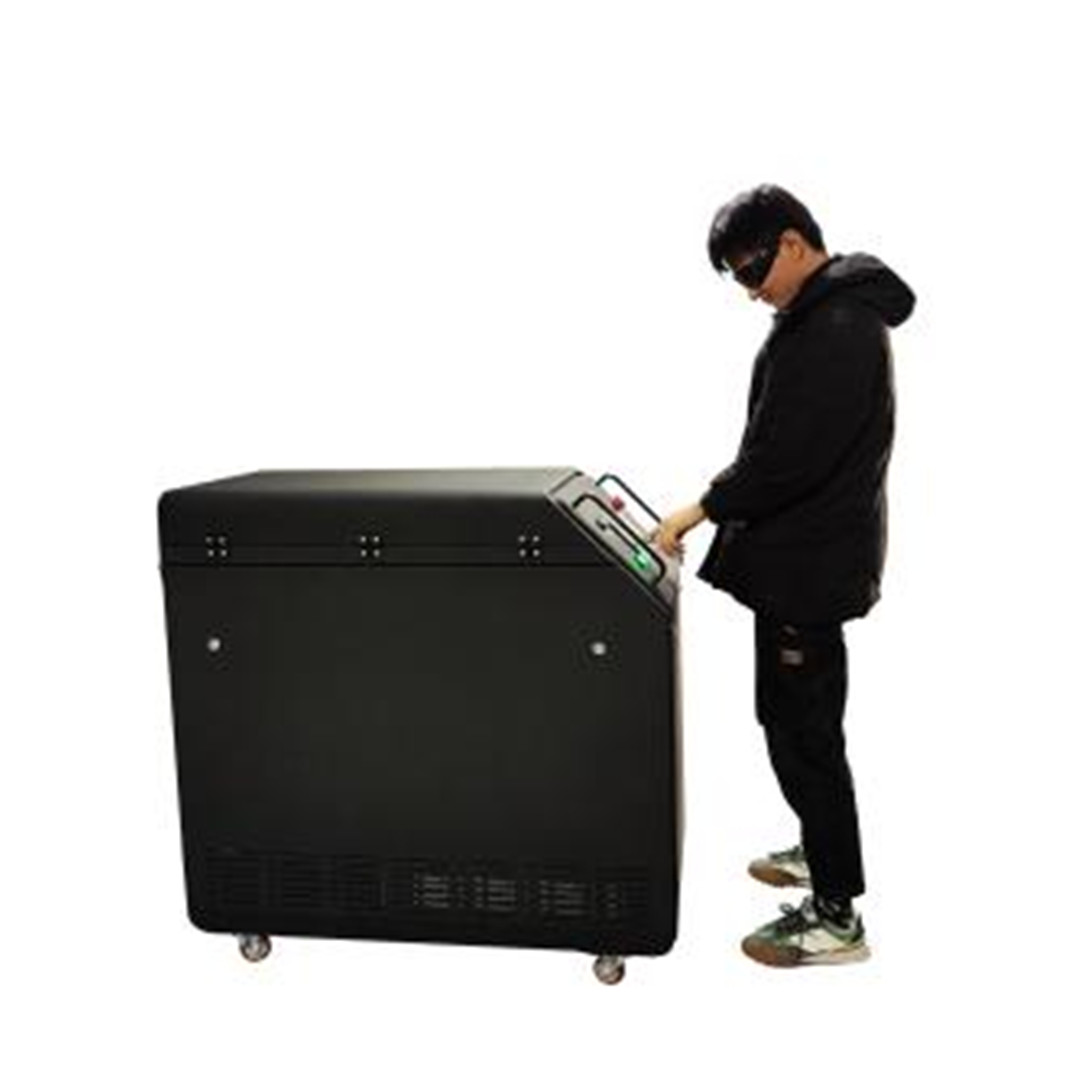
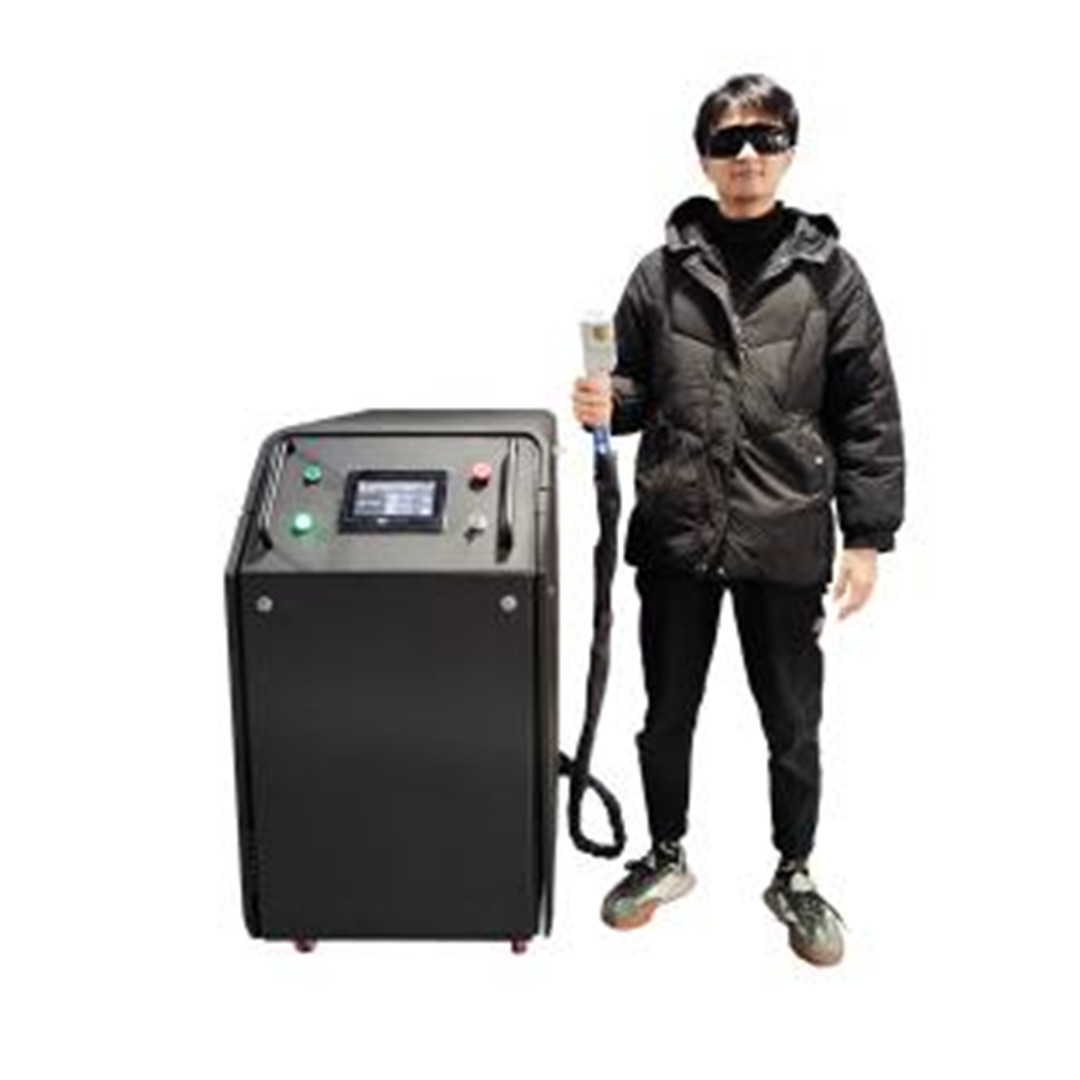
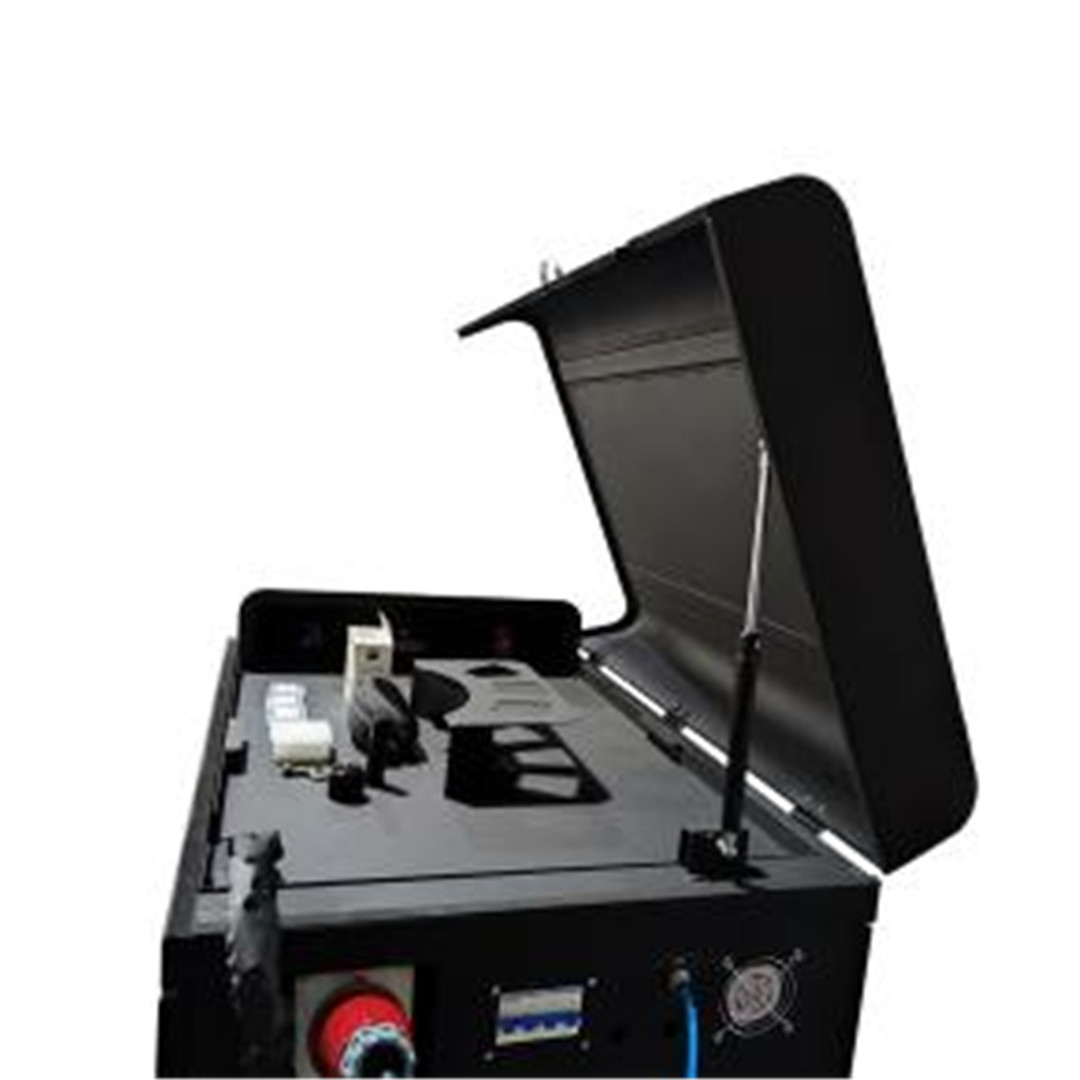
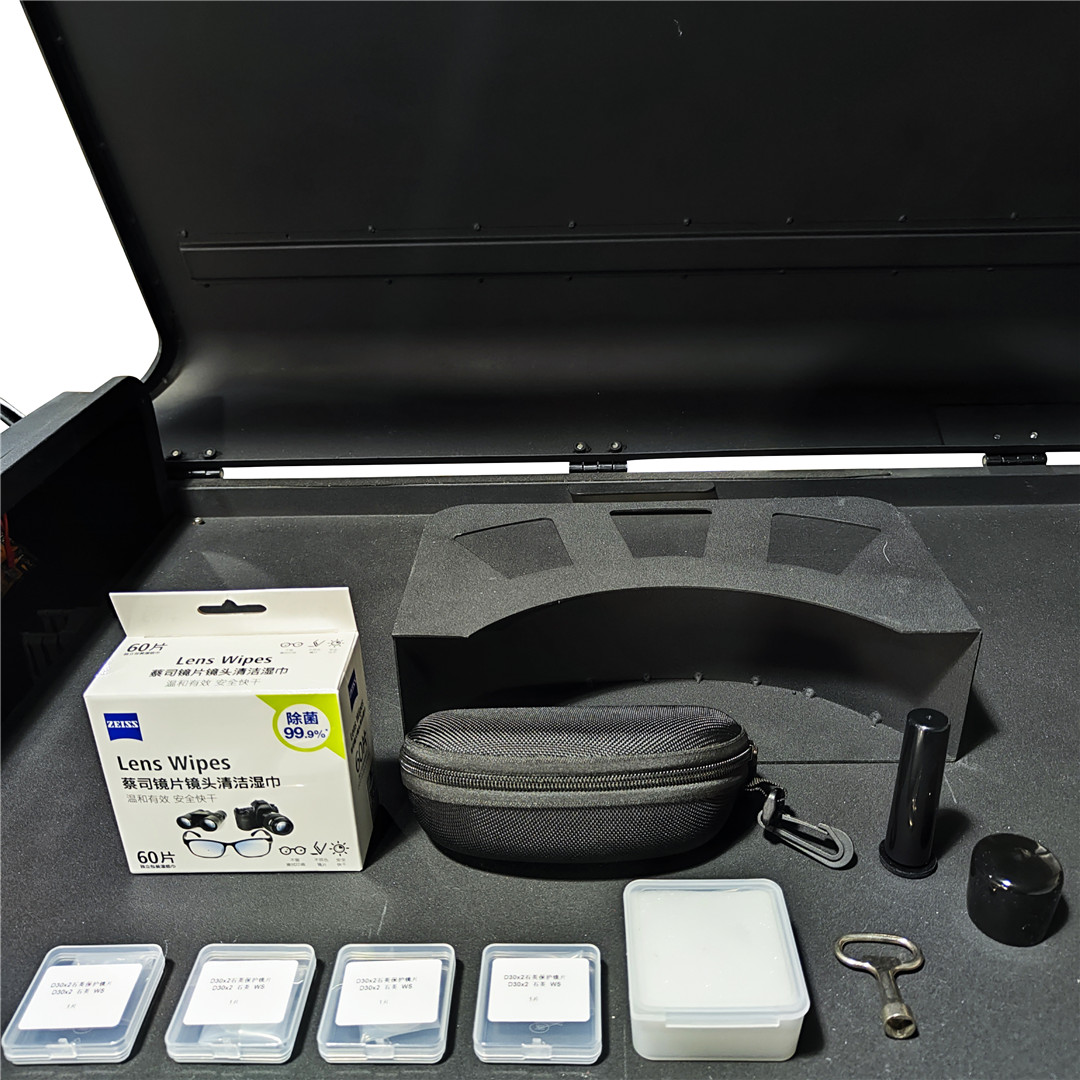
Compared with the traditional cleaning process, laser cleaning technology has the following characteristics.
1. It is a "dry" cleaning, no cleaning solution or other chemical solutions, and the cleanliness is much higher than the chemical cleaning process.
2. The scope of the removal of dirt and the applicable substrate range is very wide, and
3. Through the regulation of laser process parameters, can not damage the surface of the substrate on the basis of effective removal of contaminants, is the surface as good as new.
4. Laser cleaning can be easily automated operation.
5. Laser decontamination equipment can be used for a long time, low operating costs.
6. Laser cleaning technology is a: green: cleaning process, eliminate waste is a solid powder, small size, easy to store, basically will not pollute the environment.
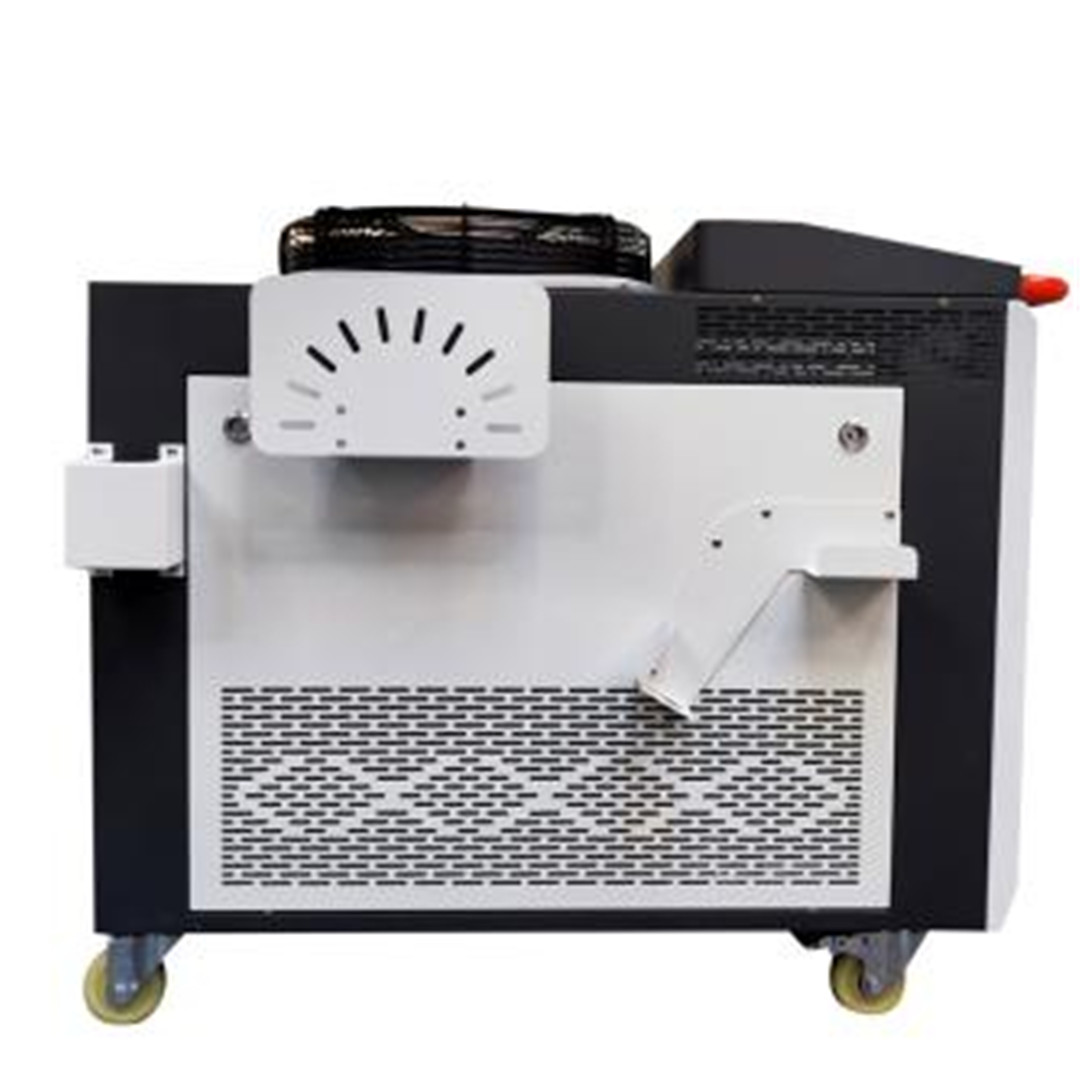
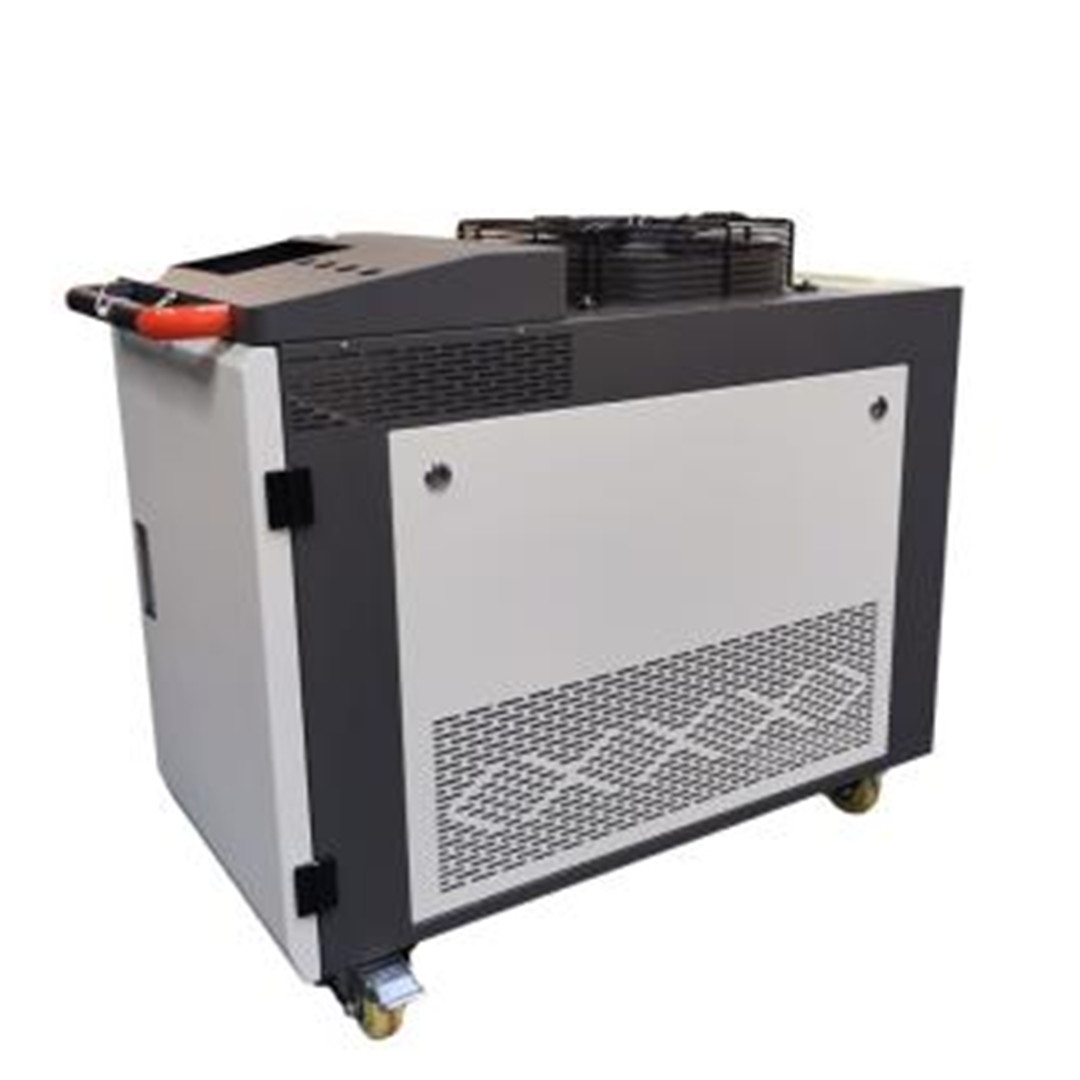
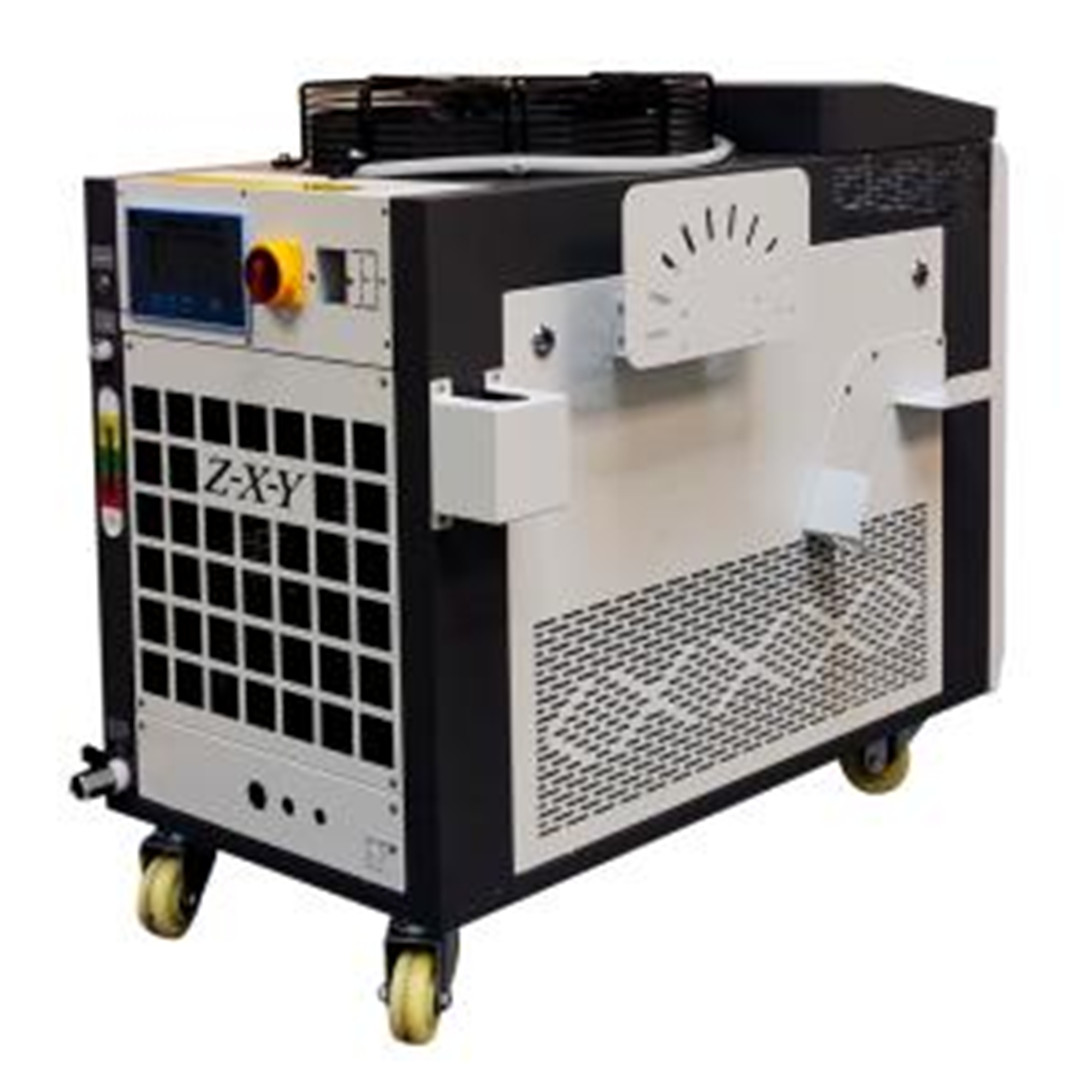
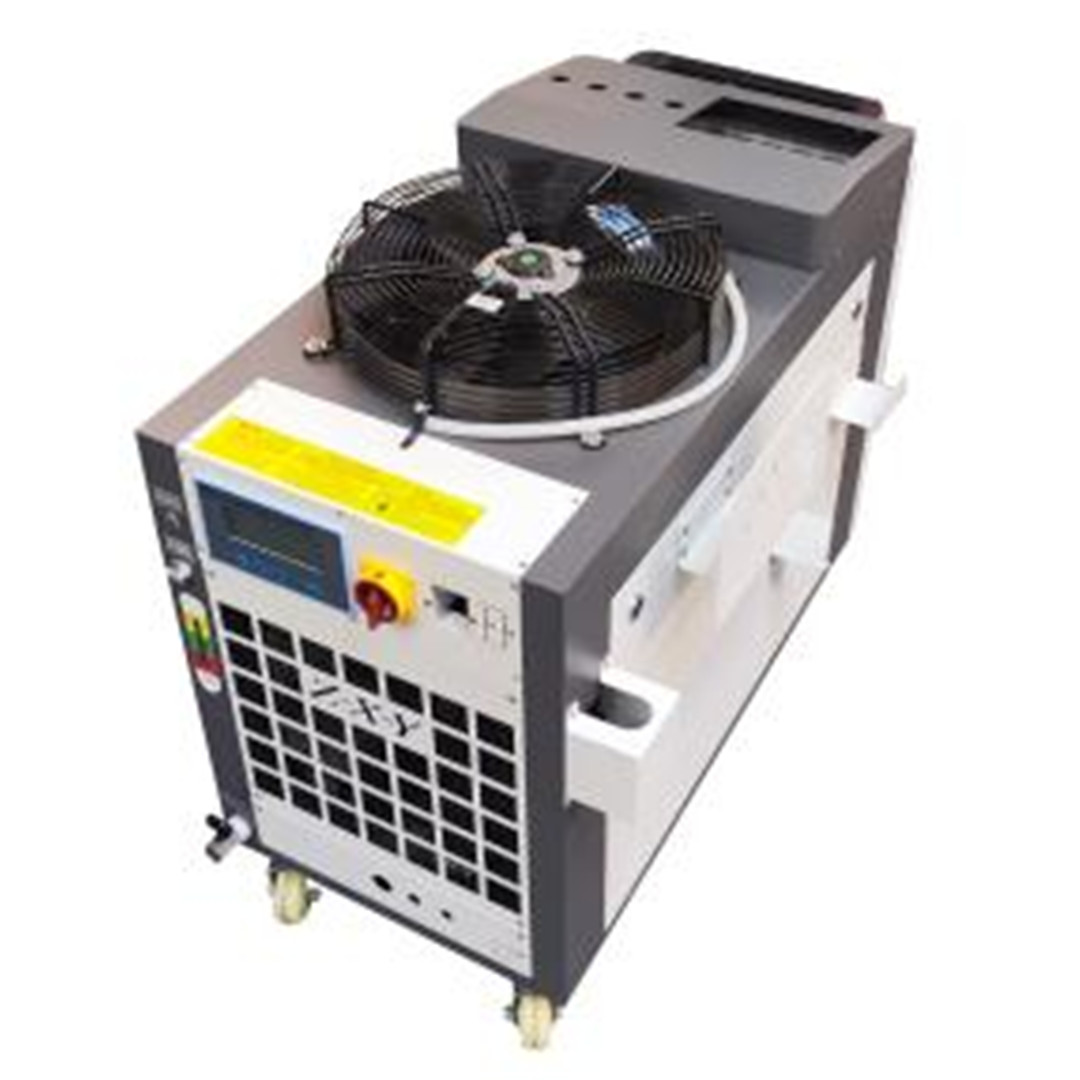
In the 1980s, the rapid development of the semiconductor industry on the surface of the silicon wafer mask contamination particles of the cleaning technology put forward higher requirements, the key point is to overcome the contamination of micro-particles and the substrate between the great adsorption force, the traditional chemical cleaning, mechanical cleaning, ultrasonic cleaning methods are unable to meet the demand, and laser cleaning can solve such pollution problems, related research and applications have been rapidly developed.
In 1987, the first appearance of the patent application on laser cleaning. In the 1990s, Zapka successfully applied laser cleaning technology to the semiconductor manufacturing process to remove micro-particles from the surface of the mask, realizing the early application of laser cleaning technology in the industrial field. 1995, researchers used a 2 kW TEA-CO2 laser to successfully achieve the cleaning of aircraft fuselage paint removal.
After entering the 21st century, with the high-speed development of ultra-short pulse lasers, domestic and foreign research and application of laser cleaning technology gradually increased, focusing on the surface of metal materials, typical foreign applications are aircraft fuselage paint removal, mold surface degreasing, engine internal carbon removal and surface cleaning of joints before welding. U.S. Edison Welding Institute laser cleaning of the FG16 warplane, when the laser power of 1 kW, the cleaning volume of 2.36 cm3 per minute.
It is worth mentioning that the research and application of laser paint removal of advanced composite parts is also a major hot spot. The U.S. Navy HG53, HG56 helicopter propeller blades and the F16 fighter jet's flat tail and other composite surfaces have been realized laser paint removal applications, while China's composite materials in aircraft applications late, so such research is basically in the blank.
In addition, the use of laser cleaning technology to CFRP composite surface treatment of the joint before gluing to improve the strength of the joint is also one of the current research focus. adapt laser company to the Audi TT car production line to provide fiber laser cleaning equipment to clean the surface of the lightweight aluminum alloy door frame oxide film. Rolls G Royce UK used laser cleaning to clean oxide film on the surface of titanium aero-engine components.
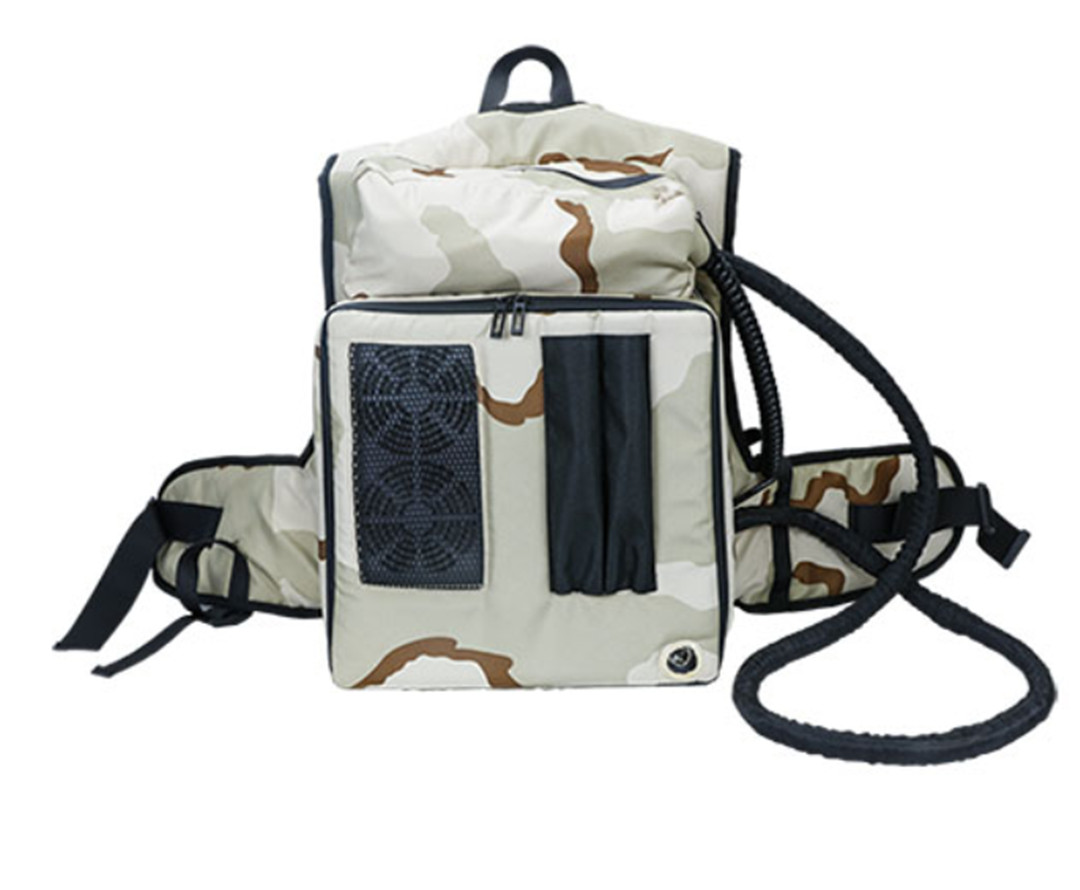
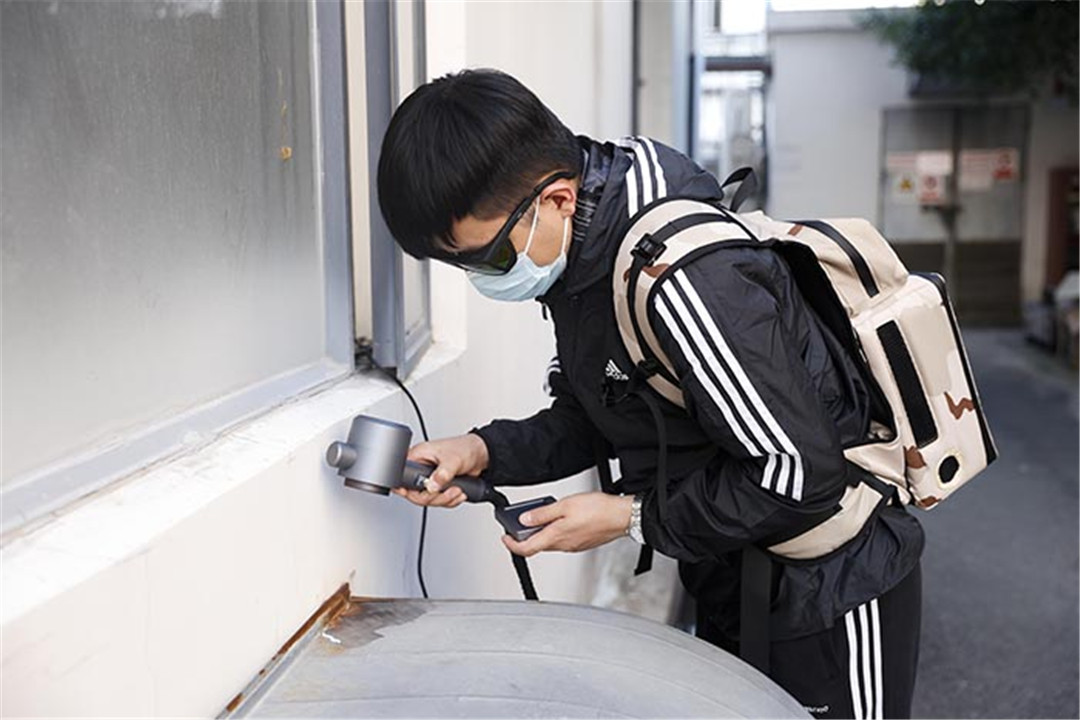

Laser cleaning technology has developed rapidly in the past two years, whether it is the laser cleaning process parameters and cleaning mechanism, cleaning object research or the application of research has made great progress. Laser cleaning technology after a lot of theoretical research, the focus of its research is constantly biased toward the application of research, and in the application of promising results. In the future, laser cleaning technology in the protection of cultural relics and works of art will be more widely used, and its market is very broad. With the development of science and technology, the application of laser cleaning technology in industry is becoming a reality, and the scope of application is becoming more and more extensive.
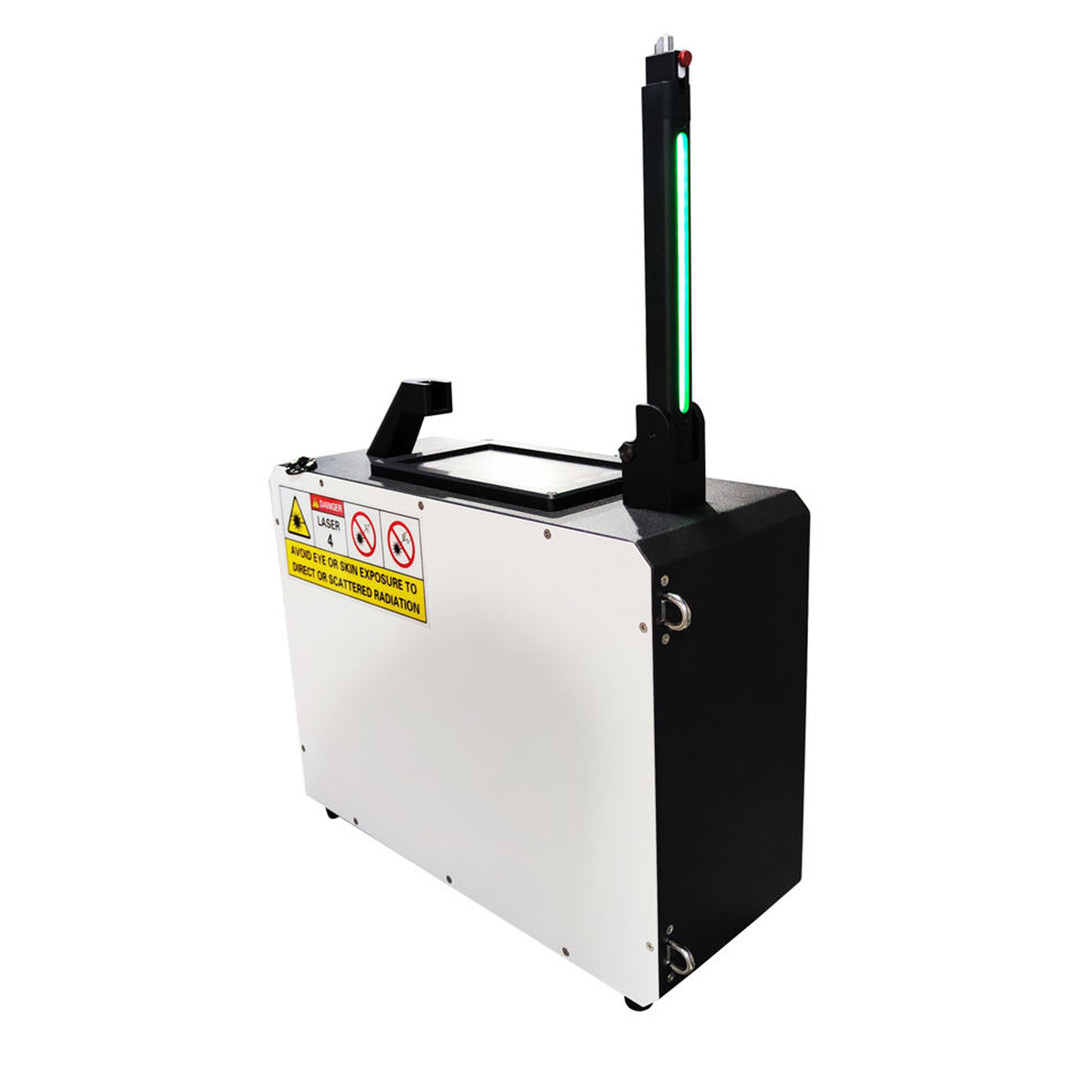
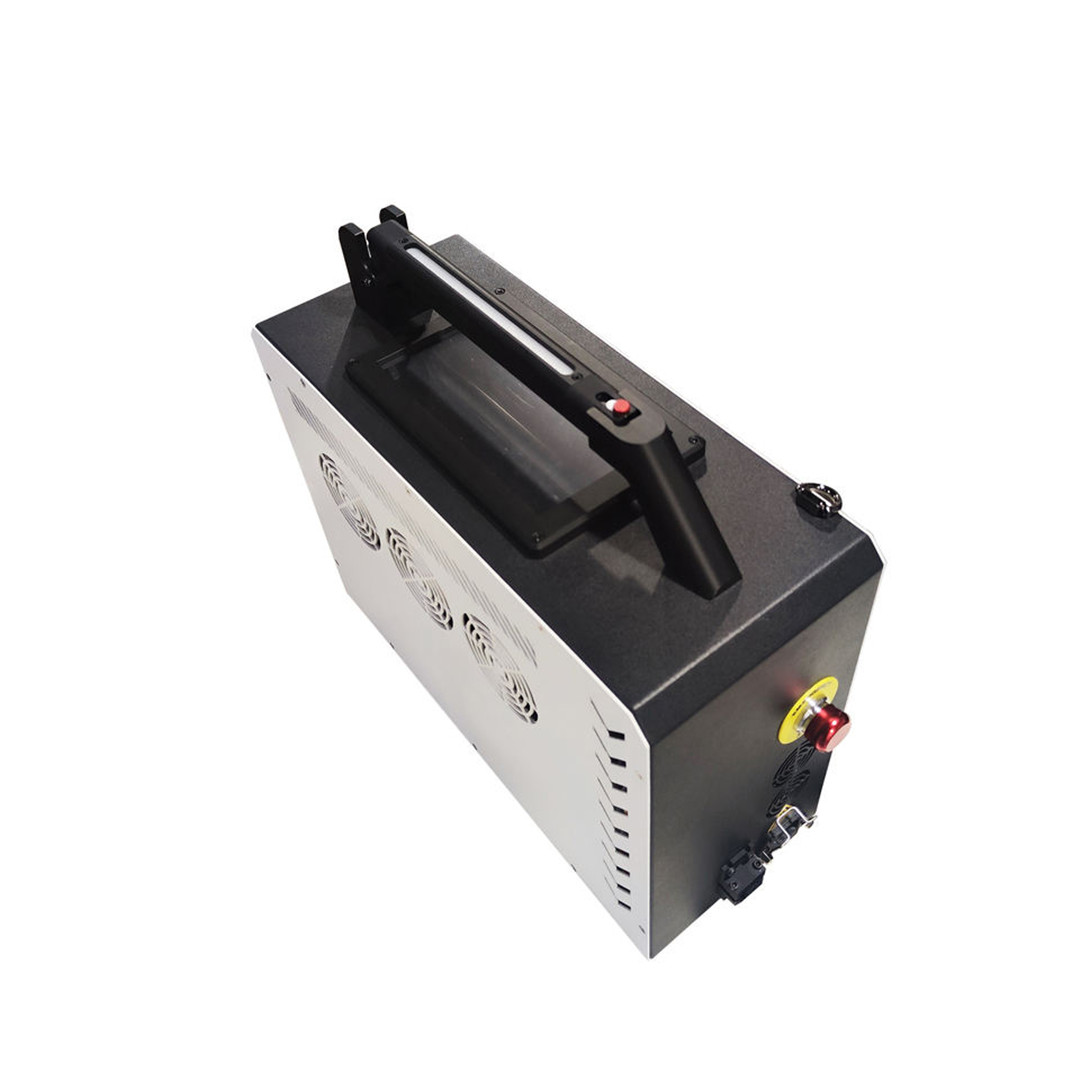
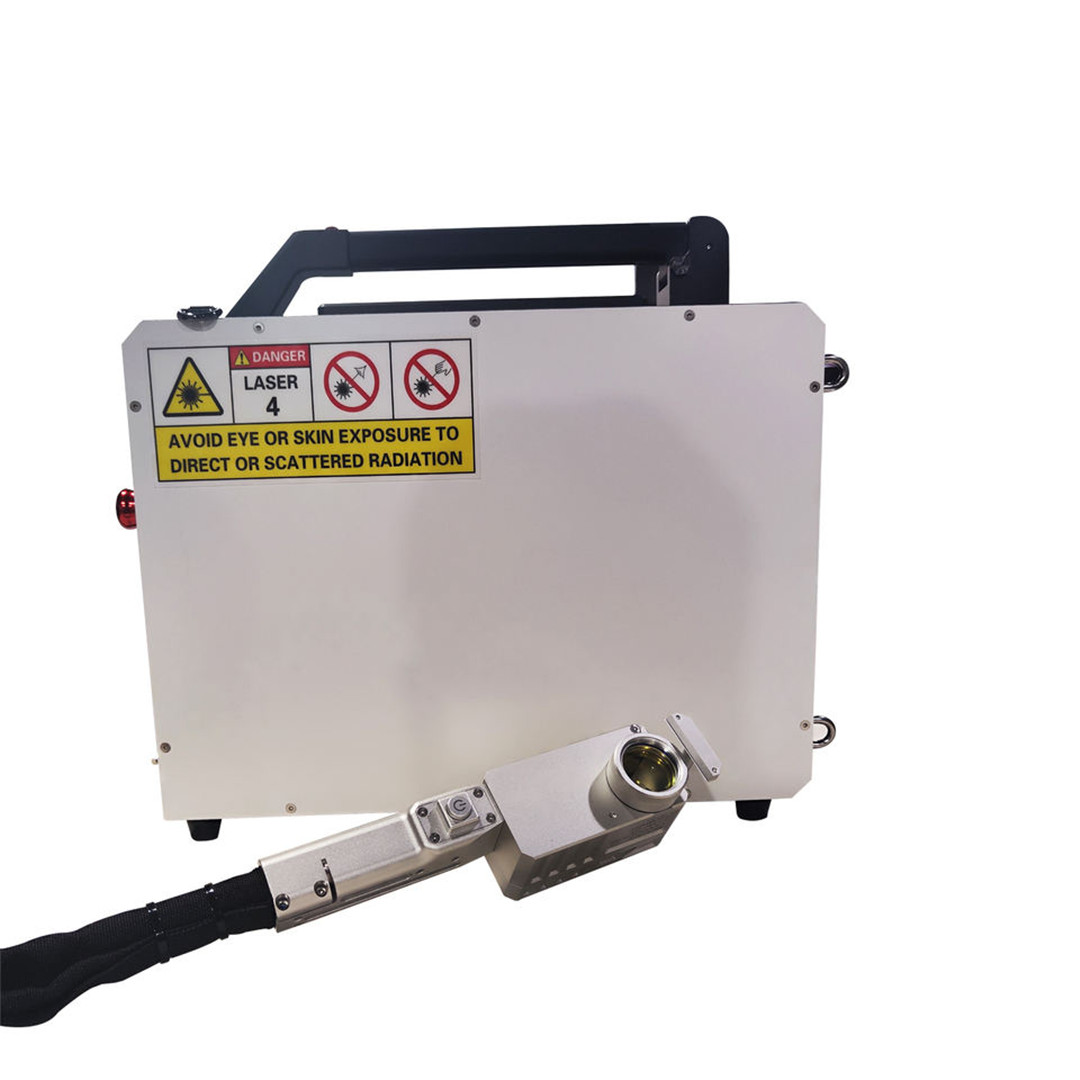
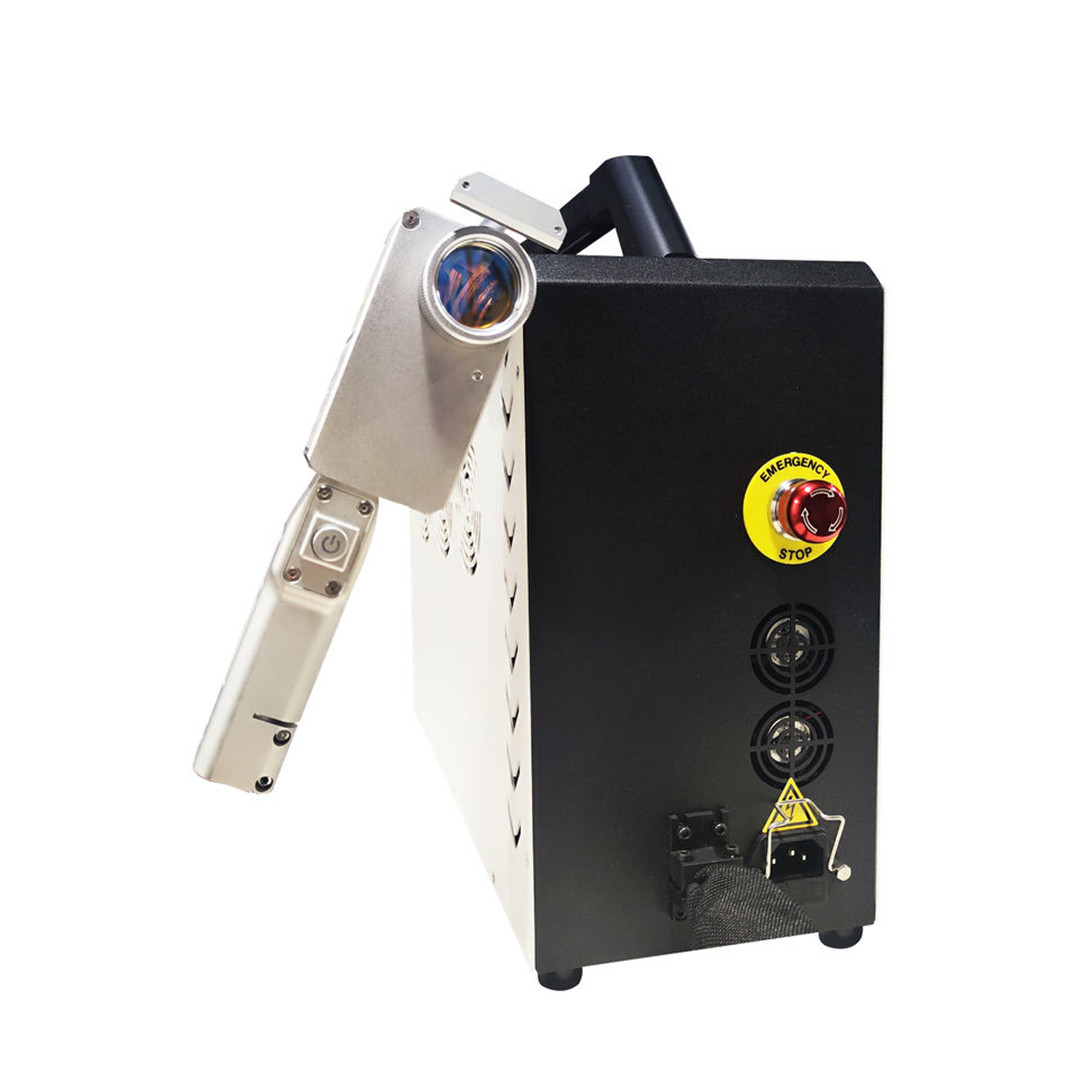
Maven laser automation company focus on laser industry for 14 years, we specialize in laser marking, we have machine cabinet laser cleaning machine, trolley case laser cleaning machine, backpack laser cleaning machine and three in one laser cleaning machine, in addition, we also have laser welding machine, laser cutting machine and laser marking engraving machine, if you are interested in our machine, you can follow us and feel free to contact us.
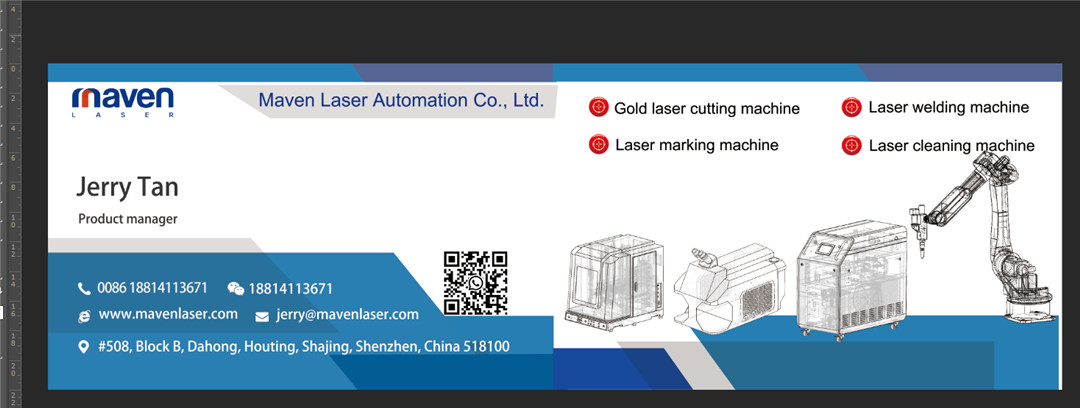
Post time: Nov-14-2022







